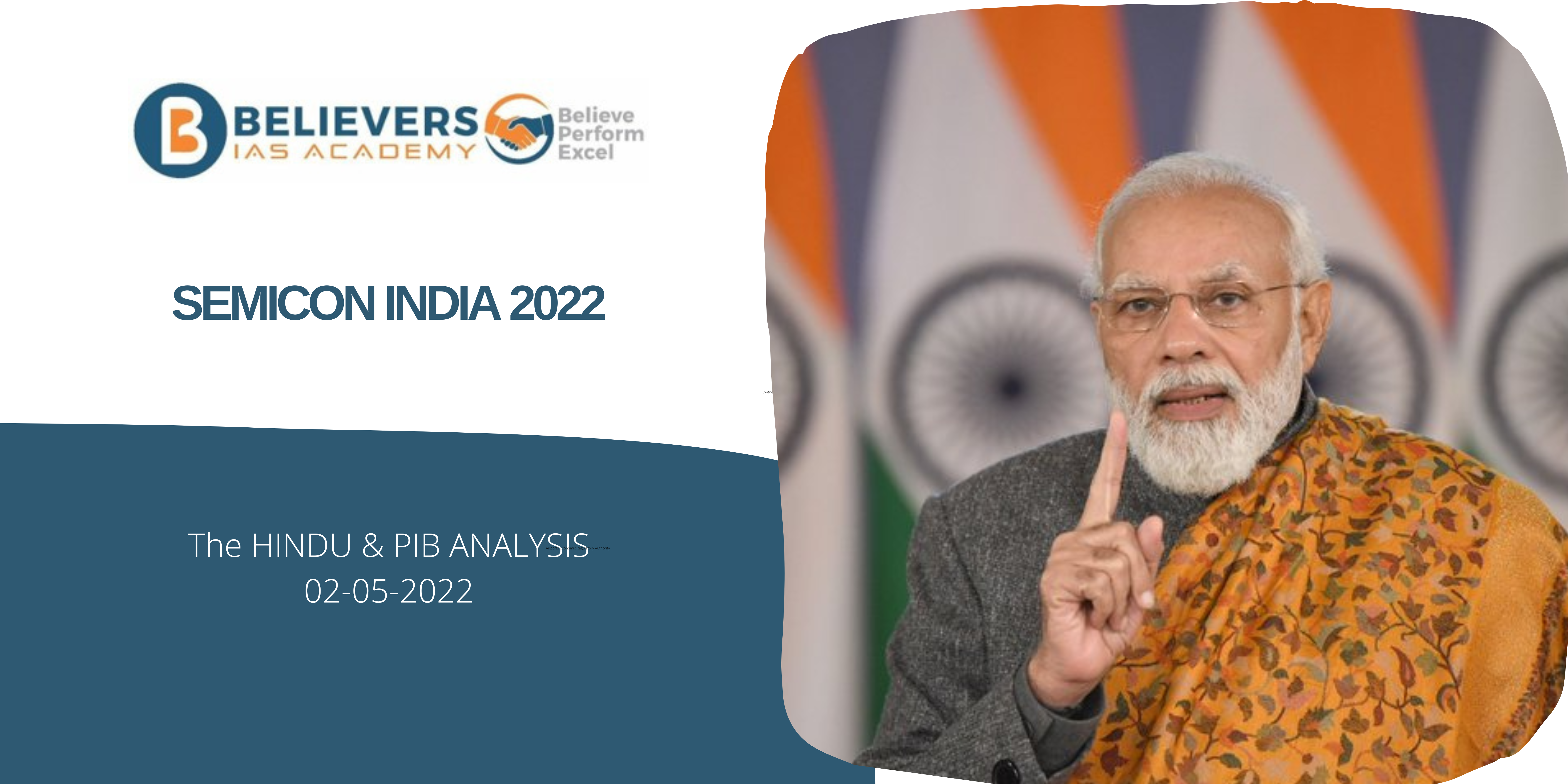The Inflation battle
Context:
The inflation in India has witnessed some reprieve as consumer inflation dropped to 5% in September, following a sharp spike in prices with 7.44% in July. This reduction brings inflation back within the 2% to 6% tolerance range set by the Reserve Bank of India (RBI).
Relevance:
GS-02, GS-03 (Government policies and interventions, Planning, Growth & Development, Monetary Policy, Banking Sector)
Prelims:
Inflation And Current Outlook of Indian Economy, Retail Inflation, Reserve Bank of India, Monetary Policy, GDP (Gross Domestic Product), Supply Chain.
Mains Question:
Assess the recent trends in inflation in India and discuss the challenges faced by the Reserve Bank of India (RBI) in achieving its inflation target. Examine the impact of food and fuel prices on the inflation battle and the potential future developments. (250 words)
Dimensions of the Article:
- Challenges in Achieving Inflation Targets
- Food Inflation and Its Impact
- Fuel Price Pressures
Challenges in Achieving Inflation Targets:
- Inflation rates for consumers have fallen to 5% in September, marking a temporary relief from the spike that began in July. This brings inflation back into the RBI’s 2% to 6% tolerance range. However, the RBI’s primary target remains 4%, and the central bank will continue to prioritize achieving that goal.
- The RBI’s long-term target appears elusive as projections shows an average inflation of 5.4% for 2023-24. With international organizations like the IMF and World Bank raising their estimates to 5.5% and 5.9%, respectively.
- This indicates that the inflation rate may not sustain or further decline.
Food Inflation and Its Impact:
- Food inflation, which contributed significantly, has eased to 6.6% in September.
- This reduction is driven by a drop in vegetable prices, while inflation accelerated for pulses, fruits, eggs, and sugar.
- Cereals and spices maintain high inflation rates at 11% and 23.1%, respectively.
- Rural inflation remains higher than urban inflation, and uncertainties related to monsoon and crop conditions add to the challenges faced by the rural economy.
- Weak rural demand and ongoing food price pressures raise concerns about economic stability.
Fuel Price Pressures:
- Global fuel prices have surged, posing challenges for producers who are facing higher costs. While the government has held retail fuel prices steady, there might be pressure to cut them ahead of important elections.
- Increasing global oil and gas prices, up 15.6% in September, will likely affect retail prices. Additionally, urea prices have risen 20% since March, impacting the overall cost of living.
Conclusion:
The RBI must remain vigilant in its efforts to maintain price stability and manage economic pressures. This dynamic situation requires a cautious approach, as inflation trends may not be as they seem, and lasting relief may be hard to come by.




